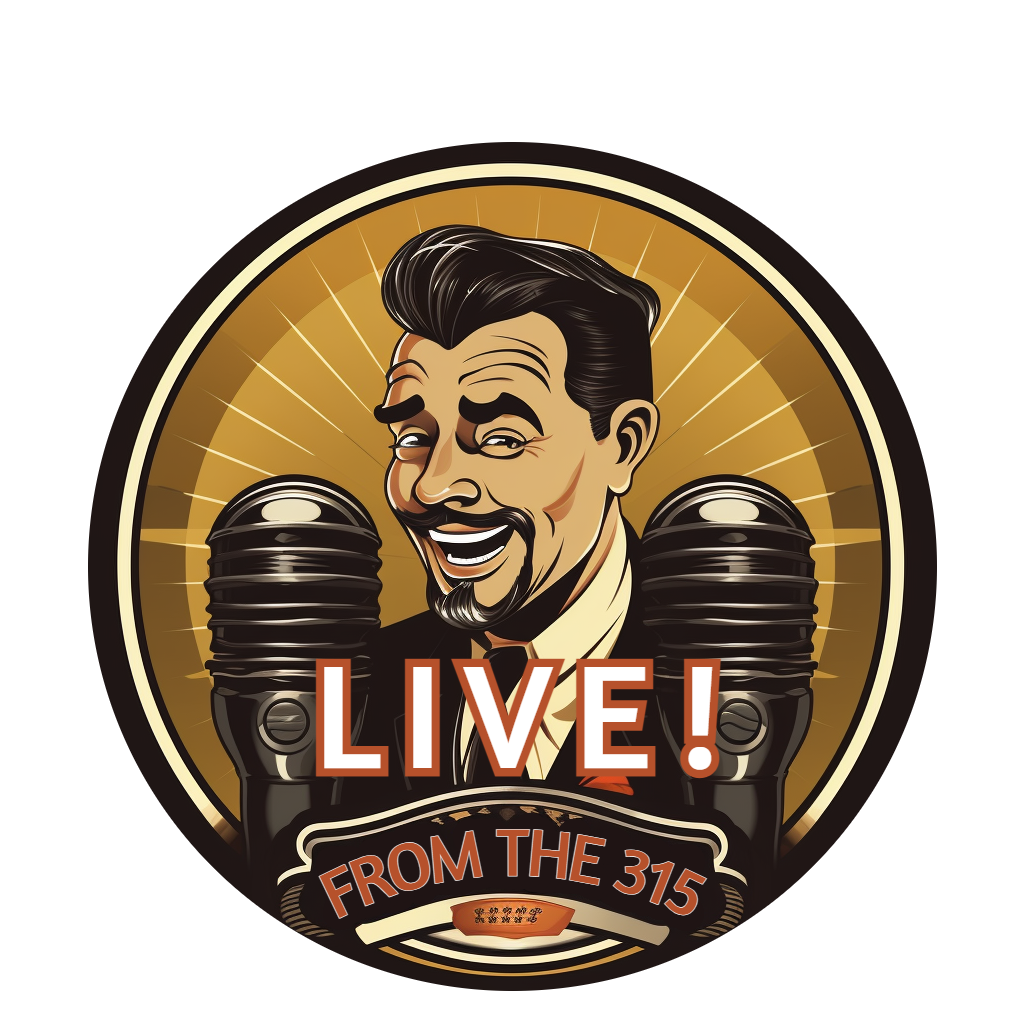A Technological Twist to Gratuity Giving or Tipping Turmoil?
In an astonishing twist that combines technology, finance, and healthcare, a Syracuse hospital has decided to embrace the concept of tipping by introducing a unique method of requesting gratuities. Get ready for the iPad revolution! Nurses will now display patients’ outrageous hospital bill totals on an iPad screen, allowing patients to select their desired tip percentage or opt for none at all. But is this the pinnacle of convenience or a tipping experiment gone awry?
With the aim of modernizing the tipping experience and increasing transparency, the hospital’s iPad tipping system takes patient interaction to a whole new level. Picture this: nurses, armed with iPads, presenting patients with their eye-popping bills and then waiting patiently for a tip selection to appear on the screen. It’s a moment of truth that blurs the boundaries between hospital care and digital gratuity management.
Proponents argue that this digital tipping method empowers patients by giving them control over the gratuity process. They can carefully consider the service they received, the quality of care, and the overall hospital experience before deciding on an appropriate tip percentage. It’s like a restaurant review, but with dollar signs!
However, critics voice concerns about the potential awkwardness and pressure this new tipping system may create. Is it fair to ask patients, who are already dealing with medical expenses, to navigate the complex realm of tipping? Will the display of their exorbitant bills overshadow the exceptional care they received? These are valid questions that only time and patient feedback will answer.
Moreover, the use of iPads in this tipping endeavor raises questions about the ever-increasing intersection between technology and the healthcare industry. Is this innovation a way to enhance the patient experience, or is it simply a flashy gimmick that distracts from the fundamental purpose of healthcare itself?
Patient reactions to the iPad tipping system are mixed. Some view it as a way to acknowledge exceptional care and express gratitude, while others see it as an added burden that further complicates an already stressful situation. Only patients themselves can determine how comfortable they are with this digitized tipping process.
As this novel tipping method takes off, the Syracuse hospital becomes a trendsetter in the healthcare industry. Will other hospitals follow suit, embracing the iPad tipping revolution, or will they tread cautiously, prioritizing the sanctity of patient care over monetary transactions?
Patients walking into the Syracuse hospital should prepare themselves for an encounter with the digital tipping iPad. It’s an experience that requires thoughtful consideration, balancing the desire to recognize quality care with the potential discomfort of tipping within a healthcare setting.
Disclaimer: This article is a work of parody and should not be interpreted as real news. The introduction of an iPad tipping system in a Syracuse hospital described herein does not exist in reality.

